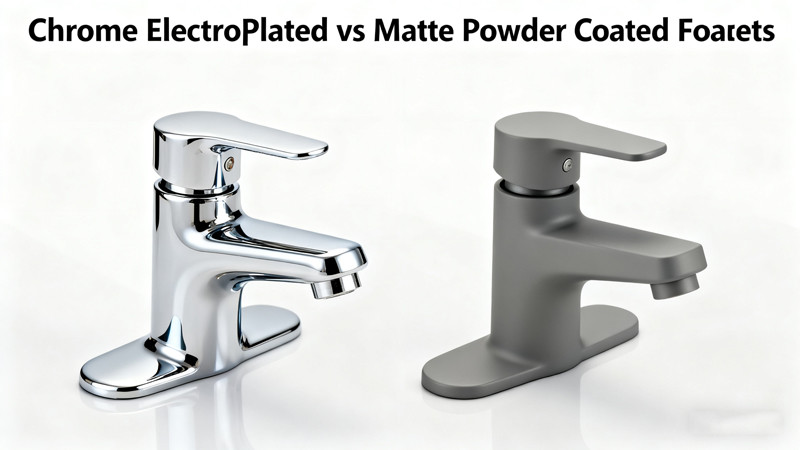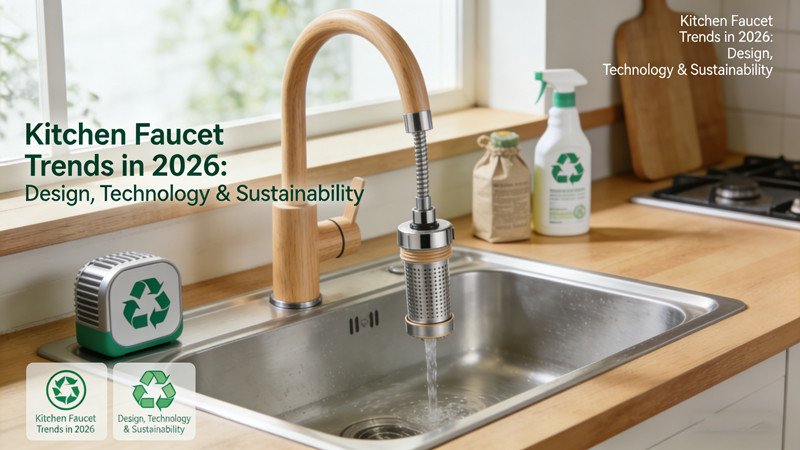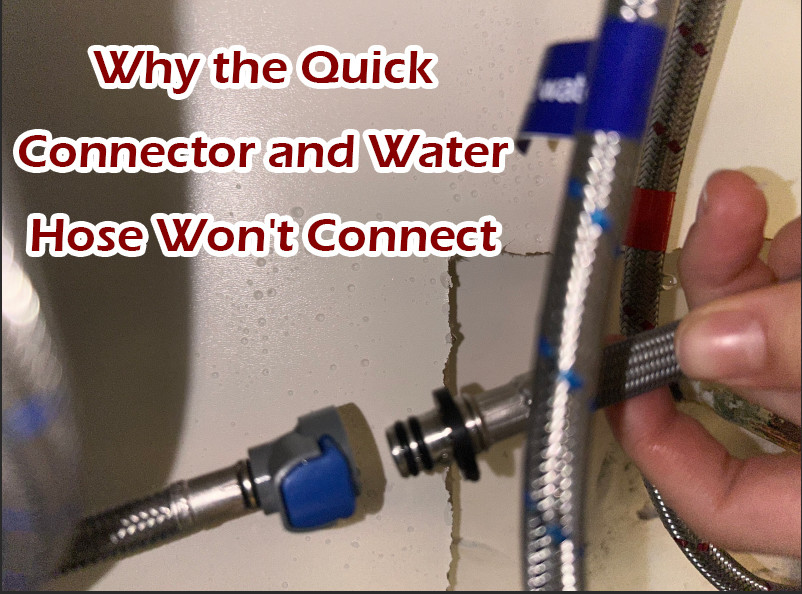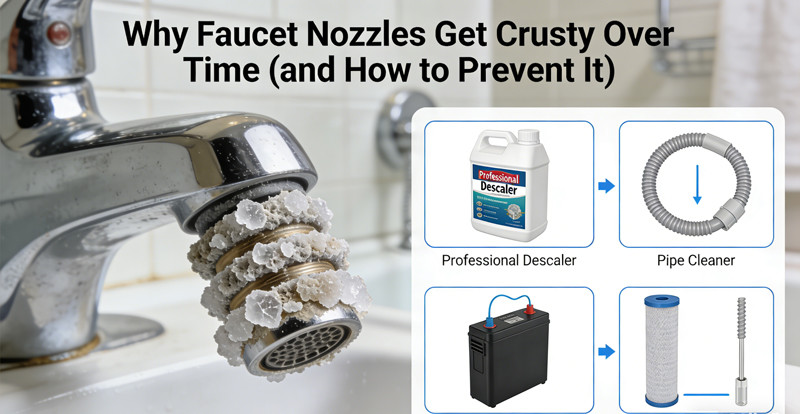When choosing a new faucet, most homeowners and designers focus on style, color, and functionality—but one key factor that often goes unnoticed is the surface finish. The finish not only determines how your faucet looks but also how it performs over time. Among the most common and durable finishing techniques used in modern faucets are electroplated and powder coating.
Both finishes can give your faucet a stunning appearance, but they differ greatly in terms of process, durability, texture, and maintenance. Understanding these differences can help you make an informed choice that fits both your aesthetic and practical needs.
1. What Is Electroplating?
Electroplating is a process that uses electric current to bond a thin layer of metal—such as chrome, nickel, or brass—onto the surface of the faucet. The faucet body, typically made from brass or stainless steel, acts as the cathode, while the metal coating material acts as the anode. When electricity passes through an electrolytic solution, metal ions are transferred and form a tightly bonded, uniform coating.
This method creates a sleek, reflective, and highly durable surface, which is why electroplating is the traditional choice for most high-end faucets.
Common Electroplated Finishes:
Chrome: Bright, mirror-like, and corrosion-resistant.
Brushed Nickel: Soft metallic sheen with a subtle texture.
Gold or Rose Gold: Adds luxury and warmth to bathroom and kitchen spaces.
Electroplating offers a refined metallic appearance that enhances the premium feel of any faucet.
2. What Is Powder Coating?
Powder coating is a dry finishing process that uses electrostatically charged powder—typically a mix of resins, pigments, and additives—sprayed onto the faucet surface. After application, the faucet is baked in a high-temperature oven, causing the powder to melt and form a hard, smooth, and protective coating.
Unlike electroplating, which involves a metal-to-metal bond, powder coating creates a polymer-based surface layer that can be colored, textured, or matte, offering far more design flexibility.
Common Powder-Coated Finishes:
Matte Black: Sleek, modern, and fingerprint-resistant.
White or Grey: Minimalist and perfect for contemporary interiors.
Colored Finishes: From navy blue to champagne gold, these finishes allow for creative customization.
Powder coating has gained massive popularity in modern faucet design, especially in luxury bathrooms and kitchens that prioritize style and personality.
3. Appearance and Texture
The first and most noticeable difference between electroplated and powder-coated faucets lies in their appearance and texture.
Electroplated faucets have a metallic, reflective finish that feels cool and smooth to the touch. They often appear more “classic” and luxurious, making them perfect for traditional or transitional bathrooms.
Powder-coated faucets, on the other hand, offer a matte or satin texture. They can be soft, tactile, or even slightly grainy depending on the finish type. This makes them ideal for modern, minimalist, or industrial-style spaces.
If you prefer a mirror-like shine, go with electroplated. If you love a soft, contemporary look, powder coating is your match.
4. Durability and Resistance
Both finishes are designed to protect the faucet from corrosion, scratches, and discoloration, but they do so in different ways.
Electroplated Faucets
The metal coating forms a molecular bond with the base material, resulting in exceptional adhesion and hardness.
Highly resistant to corrosion, tarnish, and everyday wear.
Can withstand heat and chemical exposure better than painted or powder-coated surfaces.
However, if the plating gets chipped or scratched, the underlying metal may oxidize over time.
Powder-Coated Faucets
The polymer layer provides excellent resistance to chips, fading, and moisture.
It’s particularly good for outdoor or humid environments, as it resists rust and UV damage.
The thick coating hides minor surface imperfections but can be more vulnerable to abrasion from sharp objects.
Unlike electroplating, powder coating does not peel easily, but over years of use, it may fade slightly under direct sunlight.
In short, electroplating excels in hardness and metallic protection, while powder coating shines in environmental durability and scratch resistance.
5. Color and Design Flexibility
If color customization is your goal, powder coating wins hands down. Because the powder is mixed with pigments, it can produce almost any color—from classic matte black to trendy gold, bronze, or even custom hues. It also supports textured finishes like sandblasted, satin, or rough matte.
Electroplating, meanwhile, is limited to metallic tones such as chrome, nickel, gold, or brass. While these options offer timeless elegance, they don’t provide the same range of artistic or bold colors as powder coating.
For homeowners who want to match the faucet perfectly with tiles, cabinetry, or lighting fixtures, powder coating offers more creative freedom.
6. Maintenance and Cleaning
Both finishes are relatively easy to maintain, but they require different cleaning approaches.
Electroplated Faucets:
Use a soft cloth and mild soap to clean.
Avoid abrasive pads or acidic cleaners that could scratch the metal.
Regular wiping helps maintain the reflective shine.
Over time, water spots or fingerprints may appear, especially on chrome surfaces.
Powder-Coated Faucets:
Very low-maintenance—just wipe with a damp cloth.
Resistant to fingerprints and water stains, particularly in matte finishes.
Avoid harsh solvents or bleach, as they can dull the coating.
Ideal for busy households where easy upkeep is a priority.
If you prefer a finish that hides smudges and requires minimal polishing, powder coating is a better choice. For a lasting, high-gloss shine, electroplating remains the winner.
7. Environmental Impact
Electroplating involves chemical baths and metal solutions, which must be carefully handled to prevent environmental contamination. Reputable manufacturers use advanced filtration and recycling systems to reduce waste, but the process still has a higher environmental footprint.
Powder coating, however, is considered a greener option. Since it’s a dry application method with no solvents or volatile organic compounds (VOCs), it generates minimal waste and overspray can be recycled. If sustainability is important to you, powder-coated faucets are a more eco-friendly choice.
8. Price and Longevity
Generally, electroplated faucets are more expensive due to the complex process and materials involved. High-quality electroplating requires multiple layers (like nickel, copper, and chrome) to ensure durability and luster.
Powder-coated faucets are often more cost-effective and faster to produce, especially for non-metallic colors. However, premium powder-coated finishes can rival electroplating in price if they use specialized powders or multi-layer coatings.
When properly maintained, both finishes can last 10–20 years or more. The key difference lies in appearance retention—electroplated finishes maintain their metallic shine longer, while powder-coated finishes may gradually lose color vibrancy with UV exposure.
9. Which One Should You Choose?
Your choice depends on your priorities:
Choose electroplated faucets if you want:
- A classic, reflective metallic look
- Superior scratch and corrosion resistance
- A luxurious, high-end feel
Choose powder-coated faucets if you prefer:
- Matte or colored finishes
- Easier maintenance and fingerprint resistance
- A modern aesthetic or outdoor-friendly option
10. Final Thoughts
Both electroplated and powder-coated finishes offer unique strengths that can elevate the beauty and performance of your faucet. Electroplating brings traditional elegance and unmatched metallic depth, while powder coating delivers bold color choices and a modern, durable touch.
Ultimately, the right finish depends on your style, environment, and maintenance expectations. Whether you lean toward a glossy chrome look or a matte black statement piece, choosing the right coating ensures your faucet remains as functional as it is beautiful for years to come.
 WOWOW Faucets
WOWOW Faucets






